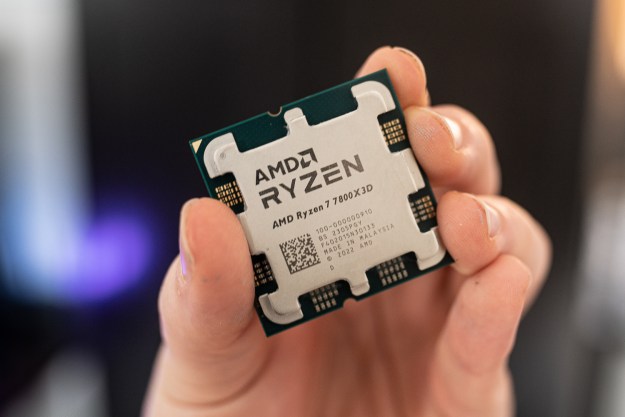
First, the good news. The U.S. leads the world in internet penetration and quite handily at that. Akamai identified more than 142 million unique IP addresses connecting to its servers in the U.S., with the next closest nation being China at 116 million. Keep in mind recent census data places China’s population at roughly four times the size of the United States. Next is Brazil, at 47 million, followed by Japan at 46 million.
So the U.S. is doing pretty well in terms of getting people connected, but what about the quality of the service? Unsurprisingly, the country still lags in average speed. Akamai reports that most Americans average 18Mbps downloads via broadband, which is barely good enough to make the world’s top 10. The other nine regions ahead of the U.S. all manage above 20Mbps, with South Korea leading the planet at 28.6 percent.
There is a silver lining to that news, though, because this is the highest the U.S. has ever placed in Akamai’s survey. While nearly every other country in the top 10 saw speeds increase or decrease by a few percentage points, the States saw the second most positive quarter-over-quarter change, at 8.8 percent. What is more, broadband speeds have increased 22 percent over the past year, an impressive feat.
Unfortunately, however, the country’s strides in home internet are not being matched in the mobile space. Users in the U.S. manage an average of 10.7Mbps on their phones, which is good enough to lead North and South America. However, it greatly pales in comparison to the rest of the world, especially Europe.
When it comes to mobile, nobody beats the U.K., at a blazing 26Mbps. Users in Germany and Finland also can claim impressive results, at 24 and 21Mbps, respectively. A third of Asian Pacific countries and a handful or Middle Eastern nations are faster as well, though by much less significant margins.
Akamai places the global mobile average at 7.2Mbps — 15 percent quicker than last year’s findings. For more details, you can check out the full report here.
Editors' Recommendations
- T-Mobile announces expanded 5G Home Internet access across southern U.S.
- U.S. government uses mobile location data to track movements during outbreak
- U.S. automakers were leading targets of hackers in 2018, FBI says
- Download speed rises in the U.S., but it’s still slow compared to South Korea’s
- Data breach of unknown entity exposes private data of 80 million U.S. households


